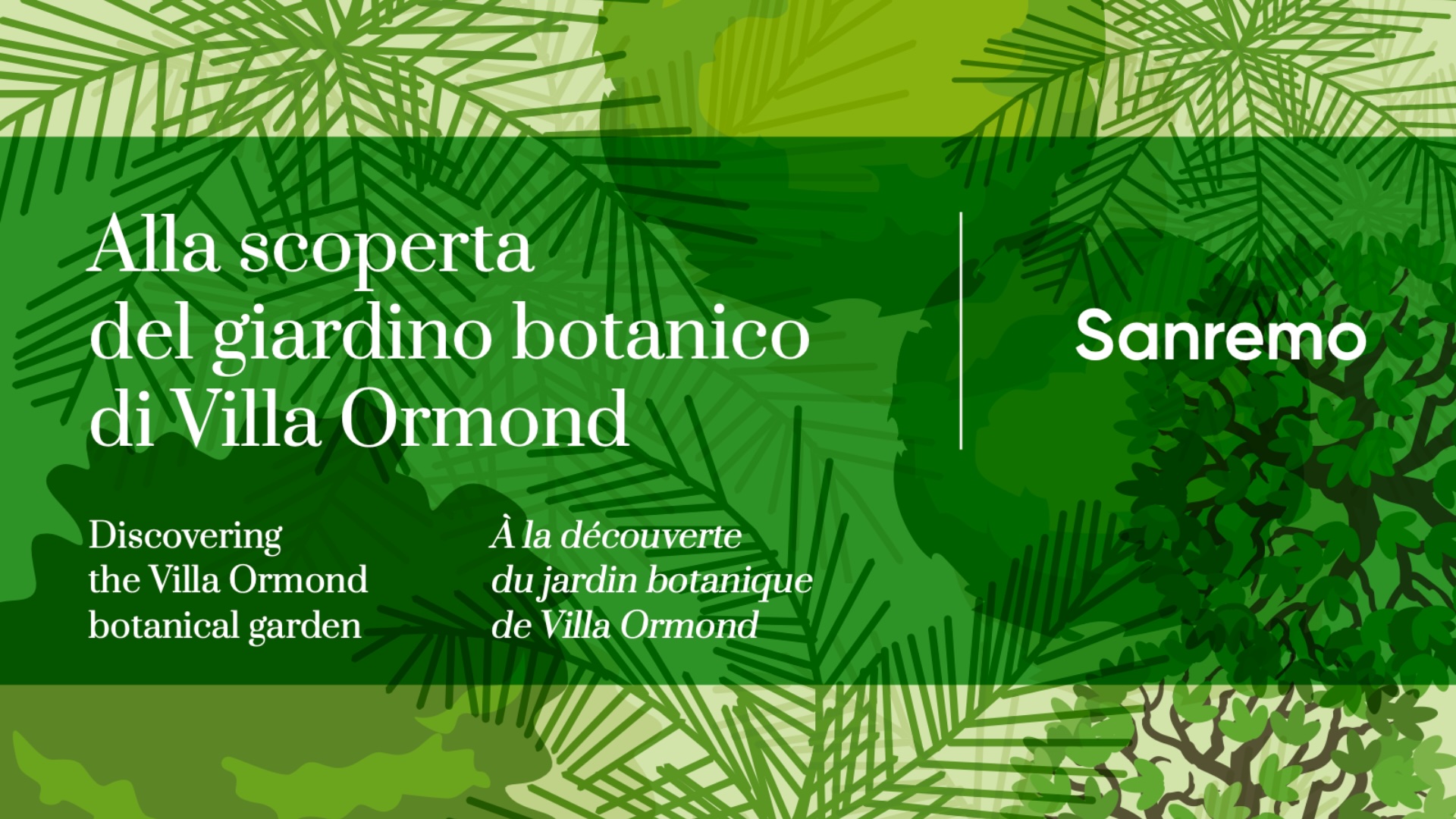The genus name is derived from the Greek melia = ash, due to the similarity of the leaves to those of the ash tree. The specific epithet azedarach is probably a name given by Arab physicians in the Middle Ages, due to the medicinal properties of the plant and originally meaning the liberating tree. Another explanation attributes the specific epithet azedarach to a Persian origin, meaning noble tree.
| Common name | Rosary Tree, Indian Lilacs |
| Origin | Northern India, China. |
|
Description |
A bare tree with a crusty, wrinkled, brownish-green, cracked bark, which flakes off in small plates. The leaves are alternate, compound, bipinnate, 50-80 cm long, consisting of elliptic-lanceolate, glabrous, glossy green leaflets, short petiole, with acute apex and toothed margin, 3-6 cm long. The flowers are hermaphrodite, pentamerous, small and fragrant, lilac-purple in colour with whitish tones, grouped in axillary panicles. flowers do not attract bees and other pollinating insects. In fact, the plant contains active ingredients that tend to repel insects. The leaves can be used as insect repellents to protect foodstuffs or other materials. All parts of the plant are poisonous to humans and the toxic principles are neurotoxins, present in higher concentration in the fruits. Some birds can feed on the fruits without being harmed by spreading the seeds. The fruits are yellowish, subglobose, not very pulpy drupes containing a globular, bony seed 5-18 mm in diameter. Considered to be a sacred tree in the East, it is also used in Europe to make rosaries, thanks to the natural perforation the seeds have, which allows them to be crossed with a string to ring them and form a rosary. An ancient Andalusian Arabic book reports that the rosary tree ‘should always be planted near the water wheels of wells so that it can offer the coolness of shade to the animal in charge of operating the machines’. The fruits are toxic and have pharmaceutical properties, but particularly popular is an extract with insecticidal functions used in agriculture. In the past, the seeds were also burnt to fuel the flames of lamps. The wood has a yellowish-white colour and is used for veneering furniture or making parquet flooring. The Melia growing in Ormond Gardens was planted in the 1950s. |

